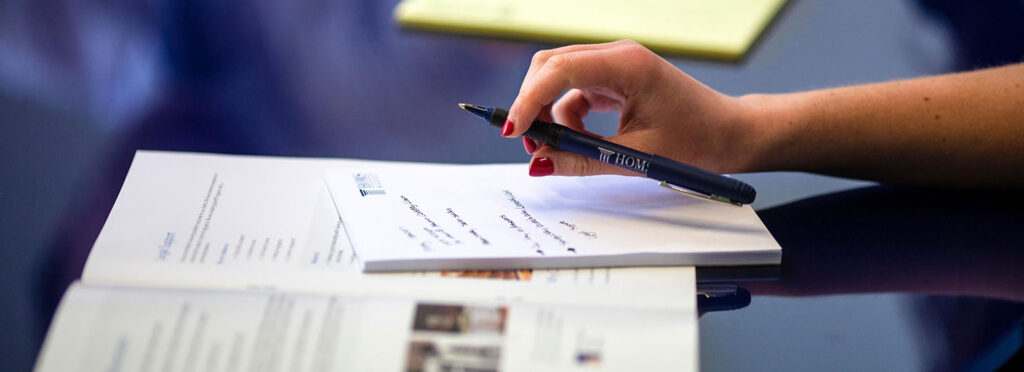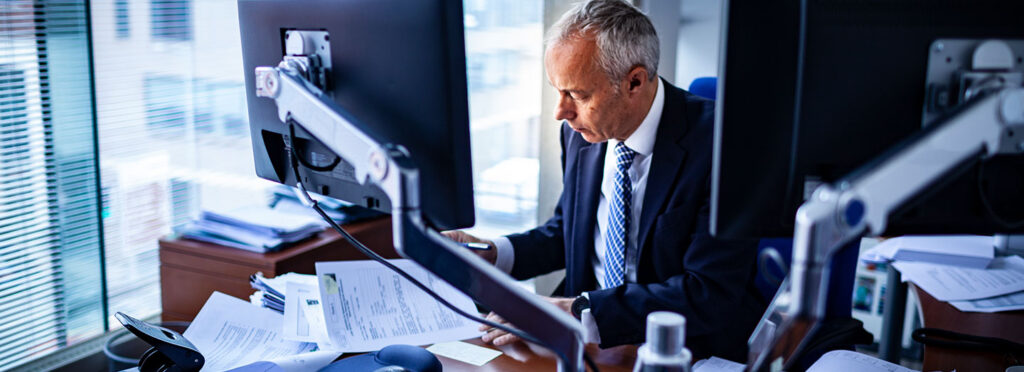Were You Injured in a Lift Accident? We’re Here to Help.
If you’ve been involved in a lift accident, you’re likely facing not only physical pain but also emotional distress and financial burdens. At HOMS Assist, we specialise in lift accident claims and are committed to helping you secure the compensation you deserve.
Understanding Lift Accidents and the Law
Where a person suffers injuries as a result of using a passenger lift then liability for these injurers may fall to the owner of the premises under Occupiers Liability or Employers liability legislation, where a lack of maintenance is found to have caused the defect*. Additionally, the manufacturer or installer of the lift could have a responsibility if the hazard was created through their negligence by for example a faulty mechanism.
While trip and fall injuries can occur through faulty installation or damage to existing structures on the elevator through wear and tear, a common cause of injuries is mechanical fault. In more serious circumstances such a fault can cause a lift to fall causing injuries to its occupants.
Where a lift that is in motion stops operating generally the occupants are trapped until the lift becomes operational again or until such time as the lift can be opened manually allowing them to get out. While these incidents may vary in length of time from a matter of minutes to a much longer time period, given the lack of control occupants have in the situation it often can cause panic and anxiety for people until such time as they are released from the lift.
Duty of Care
While imposition of liability for injuries from the use of lifts may be somewhat more straightforward in the context of an employer not providing a safe place to work for an employee or liability on a lift manufacturer / installer for a patent defect in a lift product or in its installation, this is not so with liability under occupiers’ liability legislation.
Under the Occupiers Liability Act the onus is on the plaintiff to prove, on a balance of probabilities, that the owner of the premises by some act, or failure to act, breached their positive duty to take reasonable care to ensure the injured party was reasonably safe while using the premises. In the context of an accident involving a lift such an act, or failure to act, may involve failure to maintain the lift mechanisms, faults in the alarm or warning systems of the lift, slow reaction to a lift fault including delay of contacting emergency services. The fact of injury does not create a presumption of negligence under occupiers’ liability legislation.
Case law
Where an incident with a passenger lift occurs and a defect in the lift mechanism can be shown to be as a result of the negligence of another party then the Courts will view any injuries suffered as avoidable.
In a 2016 High Court case a Judge awarded €25,060 to a 45 year old Dublin woman who was caught in a shopping centre lift when it stopped operating while descending. She was trapped inside the lift with her son for a period of just under 5 minutes.
Initially when the lift stopped operating she pressed the elevator alarm button, but was unable to communicate with anyone via the built in intercom. She then started banging on the lift doors and calling for help. After a few minutes she and her son were rescued by a security guard who manged to prise the doors open and release them.
Although caught in the lift for a short period of time the women suffered a recurrence of childhood claustrophobia and having attended with her doctor she was referred to a psychologist and was diagnosed with depression and an anxiety disorder. She subsequently made a compensation claim against the shopping centre and the lift operating company. Both Defendants acknowledged that the Claimant had suffered an avoidable injury due to the failure of the lift, and the case went to Court as an assessment of damages case only.
In a 2019 Circuit Court case a 7 year old boy who was caught in a lift with his father for almost 45 minutes was awarded damages of €40,000. They were eventually released from the elevator in the apartment complex when members of the fire brigade broke open the elevator doors.
The young boy suffered from asthma and suffered a panic attack in the list when an alarm when off after about 5 minutes. His father had rang for assistance and spoke to an operator. He rang numerous times for update as the lift was heating up and this was causing issues for his son’s asthmatic condition. On the fourth occasion the operator told him the fire brigade had yet to be called and evidence was submitted that he operator began hanging up on calls from the elevator.
When the fire brigade did arrive they had some difficulties accessing the elevator but eventually managed to prise the doors open, with assistance from those inside the elevator, allowing the boy and the other occupants to escape. He had been very shocked and distressed and had scraped his leg on getting out from the elevator.
On hearing the medical evidence of the serious trauma suffered by the boy Circuit Court President, Mr Justice Raymond Groarke, approved the settlement offer of €40,000 made by the property management company and the lift operators who were joint defendants in the case.
Health & Safety obligations
There are certain legal obligations under Health and Safety legislation for any persons with responsibility for the safety of passenger lifts including employers, property managers, facility managers and lift installation, maintenance or inspection companies. Where a lift is used by employees in a workplace there are obligations on employers to ensure the lift is safe for use by the employees.
The Safety Health and Welfare at Work Act 2005 places a duty on persons who have control to any extent of a Place of Work to ensure that the means of access to and egress are safe and without risk to health.
The Safety, Health and Welfare at Work (General Application) Regulations 2007 place a duty on all employers responsible for the operation of lifts to ensure:
- Passenger lifts are subject to a 6 monthly thorough examination by a competent person after which the competent person must issue a report of the examination which contains all the information prescribed in the Regulations.
- Where the report sets out conditions for the safe working of the lifts, these conditions must be adhered to.
These 6 monthly ‘thorough examinations’ are separate to normal maintenance activities for passenger lifts. Competent persons carrying out inspections/thorough examinations are directed to pay particular attention to the following:
- Cracks or wear on the sheave supporting structure.
- The security of guiderails and their fixing bolts, and the need for supplementary testing of same if required.
- In installations with limited headroom, arrangements to prevent contact between the lift and the structure should be assessed as fit for purpose.
For installers of passenger lifts requirements exist for the design, certification, marking, installation and testing of lifts before they can legally be put into use. Conformity assessment procedures have to be followed which include the use of notified bodies, which are legal entities appointed under European legislation.
Why Choose HOMS Assist for Your Lift Accident Claim?
Comprehensive Legal Insight
Our team of experienced solicitors possesses deep knowledge of personal injury law, ensuring that your claim is handled with the utmost expertise and care.
Dedicated Support
We understand the challenges you face after an accident. From handling paperwork to negotiating settlements, we’re here to support you every step of the way, offering empathetic and personalised service.
Proven Track Record
With over 50 years of experience, we’ve successfully secured compensation for numerous clients. Our results speak for themselves, with case studies demonstrating our ability to achieve favourable outcomes.
How It Works
Step 1: Contact Us for a Free Consultation
Reach out to us to discuss the details of your accident confidentially. We will evaluate your case and provide guidance on the best course of action.
Step 2: Investigation and Evidence Gathering
Our team will collect all necessary evidence, including medical reports and witness statements, to build a strong case on your behalf.
Step 3: Submit Your Claim
We’ll prepare your claim and submit it to the Injuries Board for assessment, ensuring all procedures are followed meticulously.
Step 4: Negotiation or Litigation
Depending on the response from the other party, we’ll either negotiate a settlement or proceed to court, always prioritising your best interests.
Frequently Asked Questions
Who is liable in a lift accident?
Liability may fall on the premises owner, manufacturer, installer, or maintenance company. We’ll thoroughly investigate to determine responsibility.
How long do I have to make a claim?
You generally have two years from the date of the accident or the date of knowledge to file a claim. Contact us to discuss your specific situation.
What compensation can I receive?
You may be entitled to general damages for pain and suffering and special damages for financial losses like medical bills and lost wages.
Take the First Step Towards Justice
Don’t delay—contact HOMS Assist today for your free consultation. Our dedicated team is ready to assist you in pursuing the compensation you deserve.



